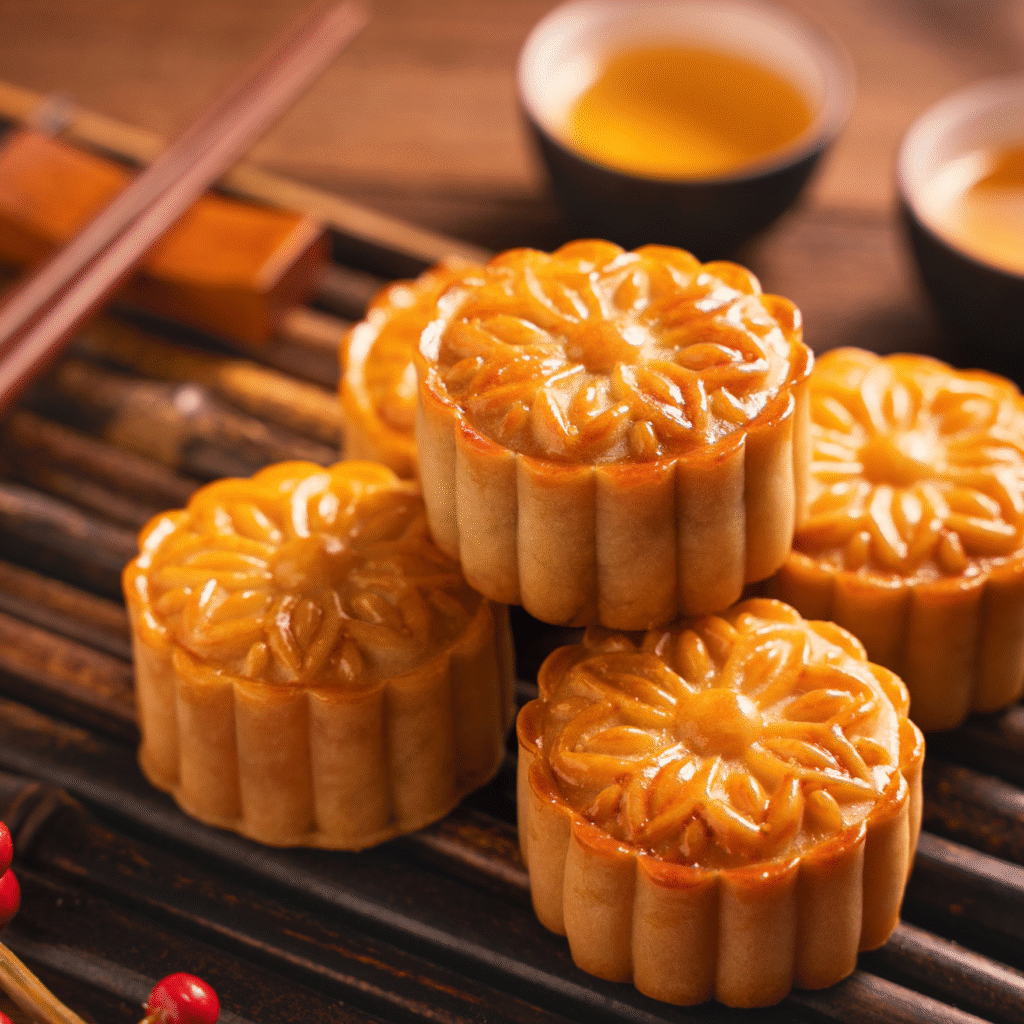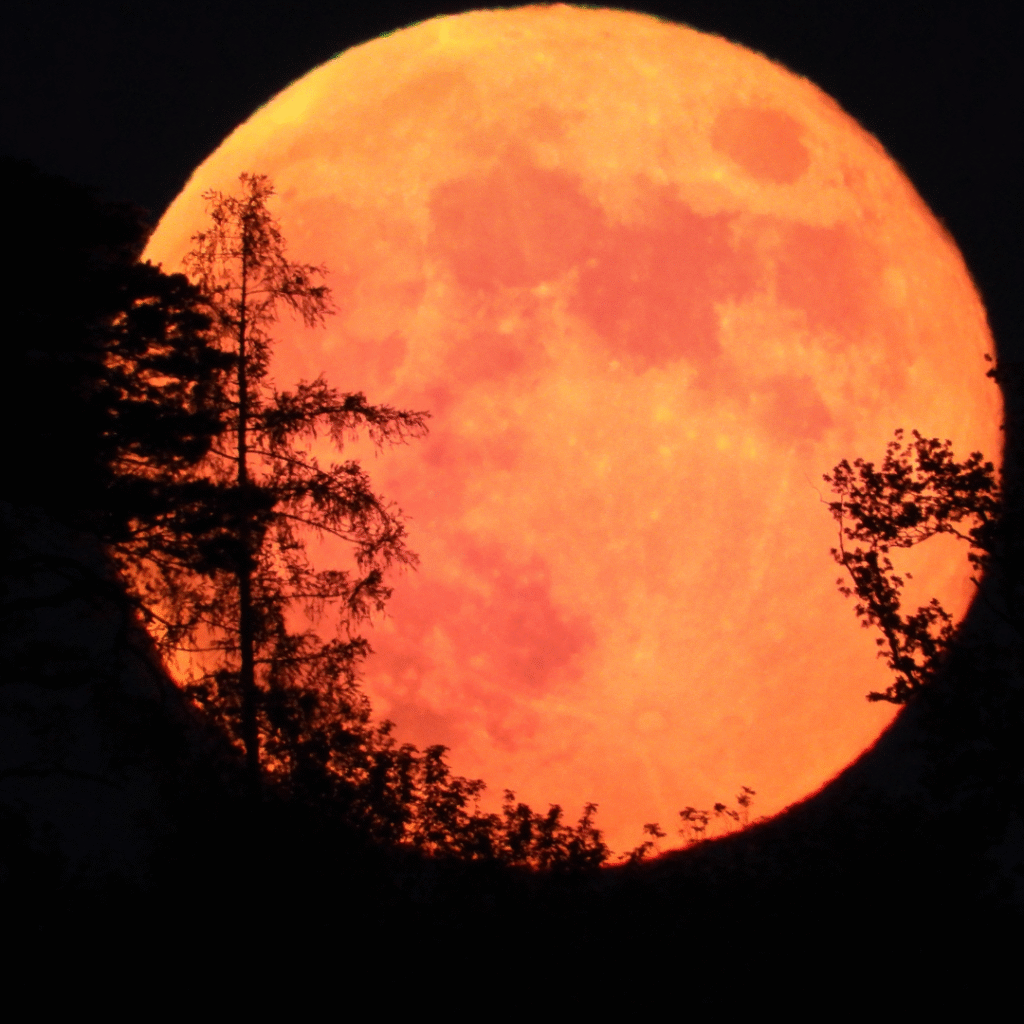
Harmony Under the Moon: The Mid-Autumn Festival and Traditional Chinese Medicine
As the full moon rises in the crisp autumn sky, families across East Asia gather to celebrate one of the most cherished festivals in the lunar calendar — the Mid-Autumn Festival, also known as the Moon Festival. Rooted in centuries of tradition, this celebration is not only a time for reunion and reflection but also a moment to embrace the principles of Traditional Chinese Medicine (TCM), which emphasise balance, nourishment, and seasonal harmony. The full moon, in Aries, rises 6th October 2025.
A Glimpse into History
The Mid-Autumn Festival dates back over 3,000 years to the Zhou Dynasty, when moon worship was a common ritual to express gratitude for the harvest. It later became popularised during the Tang and Song dynasties, evolving into a cultural cornerstone marked by poetry, lanterns, and moon-viewing gatherings. The full moon, symbolising unity and completeness, became a metaphor for family togetherness — a sentiment still deeply felt today.
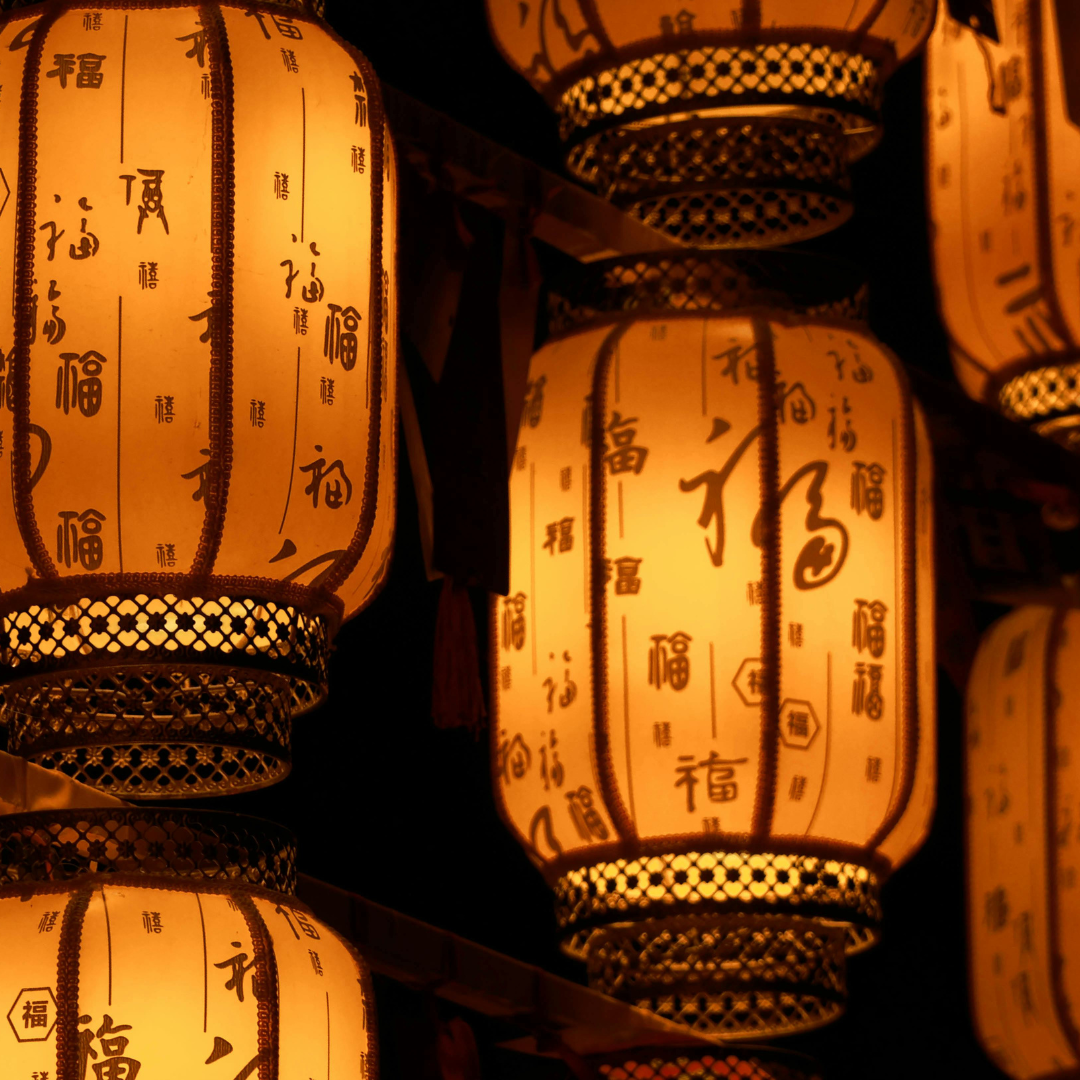
Mooncakes and Meaning
No Moon Festival is complete without mooncakes — round pastries traditionally filled with lotus seed paste, red bean, or salted egg yolk. Their circular shape mirrors the full moon and represents wholeness and reunion. While delicious, mooncakes are also rich and indulgent, prompting many TCM practitioners to offer guidance on how to enjoy them mindfully.
From a TCM perspective, autumn is associated with the lungs and dryness. Overconsumption of oily or sugary foods like mooncakes can disrupt the body’s yin-yang balance, especially in those with damp-heat or phlegm patterns. Herbal teas such as chrysanthemum or pu-erh are often recommended to aid digestion and counteract internal heat.
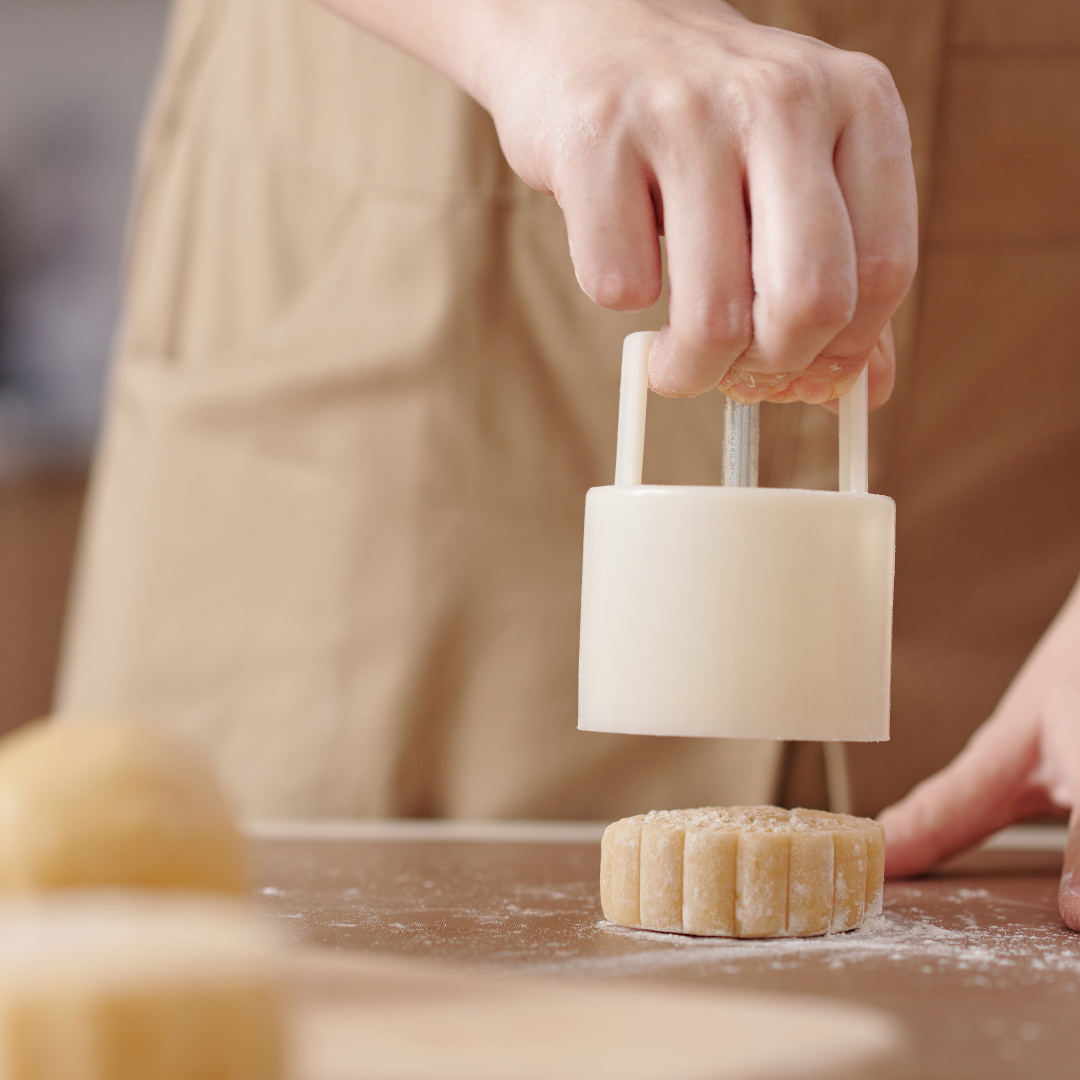
Traditional Mooncake Recipe (Lotus Seed Paste with Salted Egg Yolk)
Ingredients
For the dough:
- 200g golden syrup
- 1 tsp alkaline water
- 50ml vegetable oil
- 300g plain flour (sifted)
For the filling:
- 600g lotus seed paste (store-bought or homemade)
- 6 salted egg yolks (halved)
For the egg wash:
- 1 egg yolk
- 1 tbsp water
Instructions
- Prepare the dough:
- Mix golden syrup, alkaline water, and oil in a bowl.
- Gradually add sifted flour and mix until a soft dough forms.
- Cover and let rest for 1–2 hours.
- Prepare the filling:
- Divide lotus seed paste into 12 portions (about 50g each).
- Wrap each portion around half a salted egg yolk and roll into a ball.
- Assemble the mooncakes:
- Divide dough into 12 portions (about 25g each).
- Flatten each dough ball and wrap around the filling.
- Place into a mooncake mould and press to shape.
- Bake:
- Preheat oven to 180°C (160°C fan).
- Place mooncakes on a lined baking tray.
- Bake for 10 minutes, then remove and brush lightly with egg wash.
- Return to oven and bake for another 10–15 minutes until golden.
- Rest:
- Allow mooncakes to cool completely.
- Store in an airtight container for 1–2 days to let the skin soften and develop flavour.
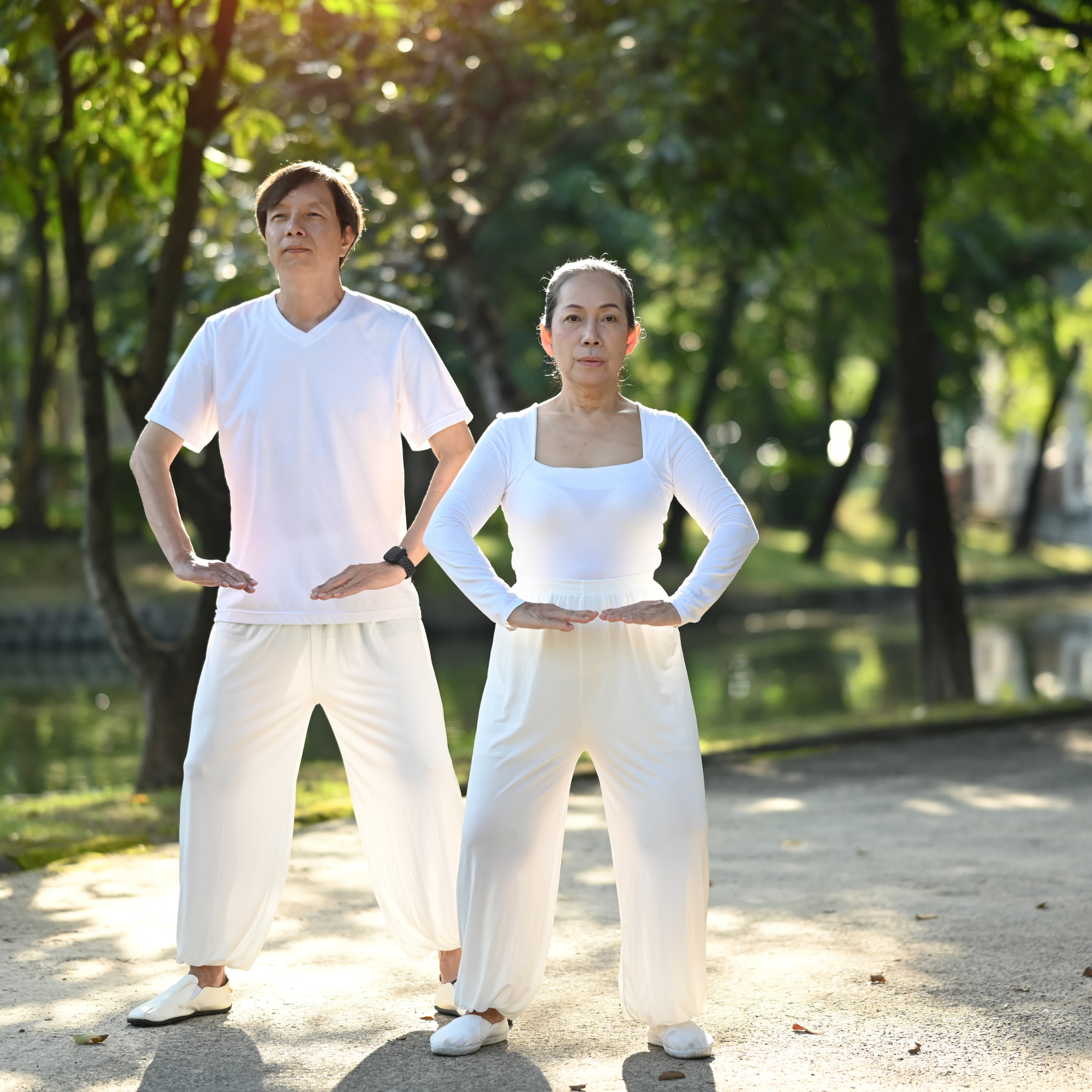
TCM and Seasonal Wisdom
Traditional Chinese Medicine views seasonal changes as vital to health. Autumn is a time to nourish yin, protect the lungs, and prepare the body for winter. Practices such as acupuncture, qigong, and dietary therapy are tailored to support this transition.
During the Moon Festival, many families incorporate TCM principles into their celebrations:
- Herbal soups with ingredients like lily bulbs, white fungus, and pears to moisten dryness.
- Qigong exercises under the moonlight to cultivate inner peace and lung vitality.
- Acupuncture treatments focused on strengthening immunity and balancing qi.
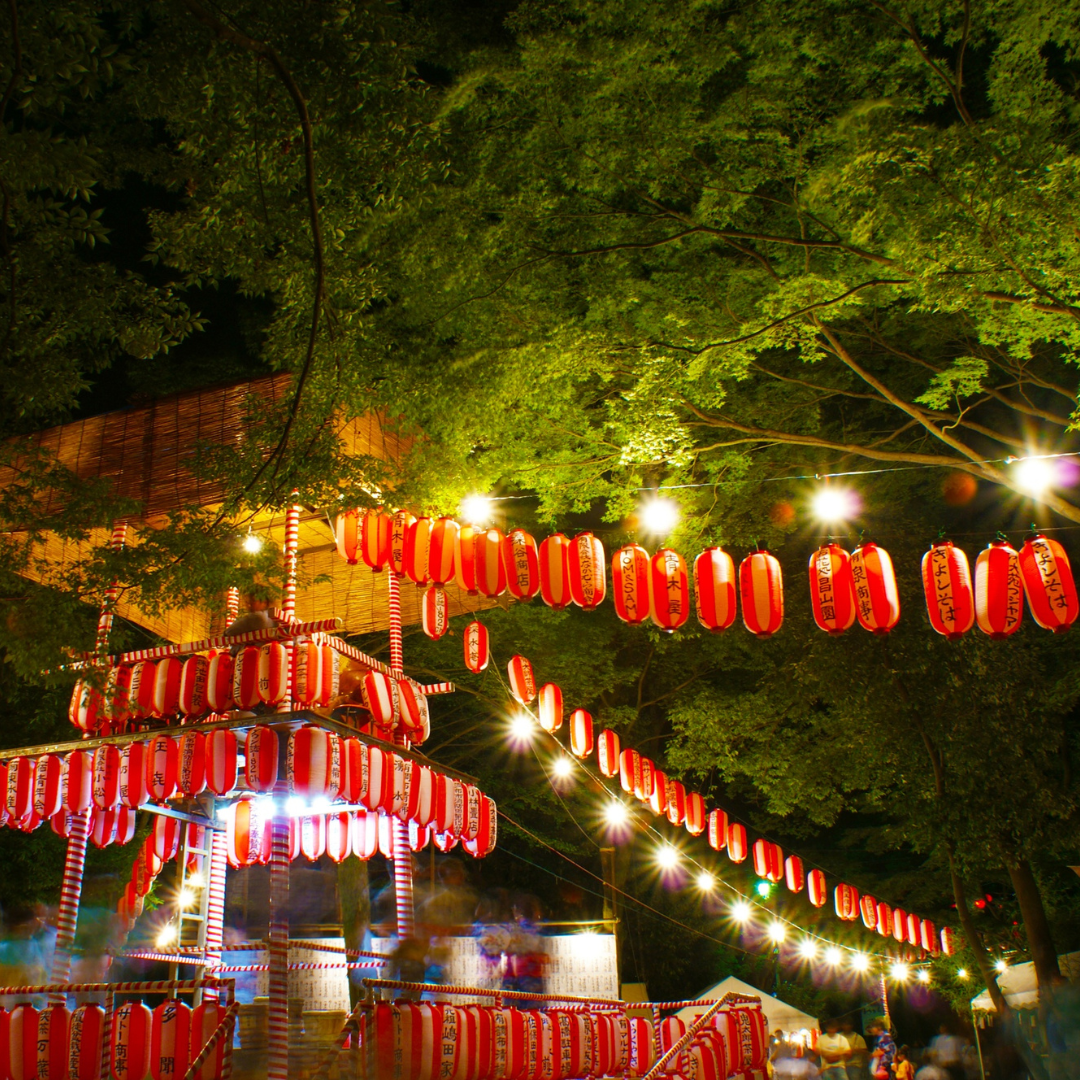
Who Celebrates and Why It Endures
The Mid-Autumn Festival is celebrated widely in China, Taiwan, Hong Kong, Vietnam, Malaysia, and among Chinese communities worldwide — including here in the UK. It’s a time for families to reunite, for children to parade with lanterns, and for elders to pass down stories and traditions.
In recent years, the festival has found renewed relevance. Amid fast-paced modern life, its emphasis on slowing down, reconnecting with nature, and cherishing loved ones resonates deeply. For practitioners of TCM, it’s also a reminder of the importance of living in harmony with the seasons — a core tenet of holistic health.
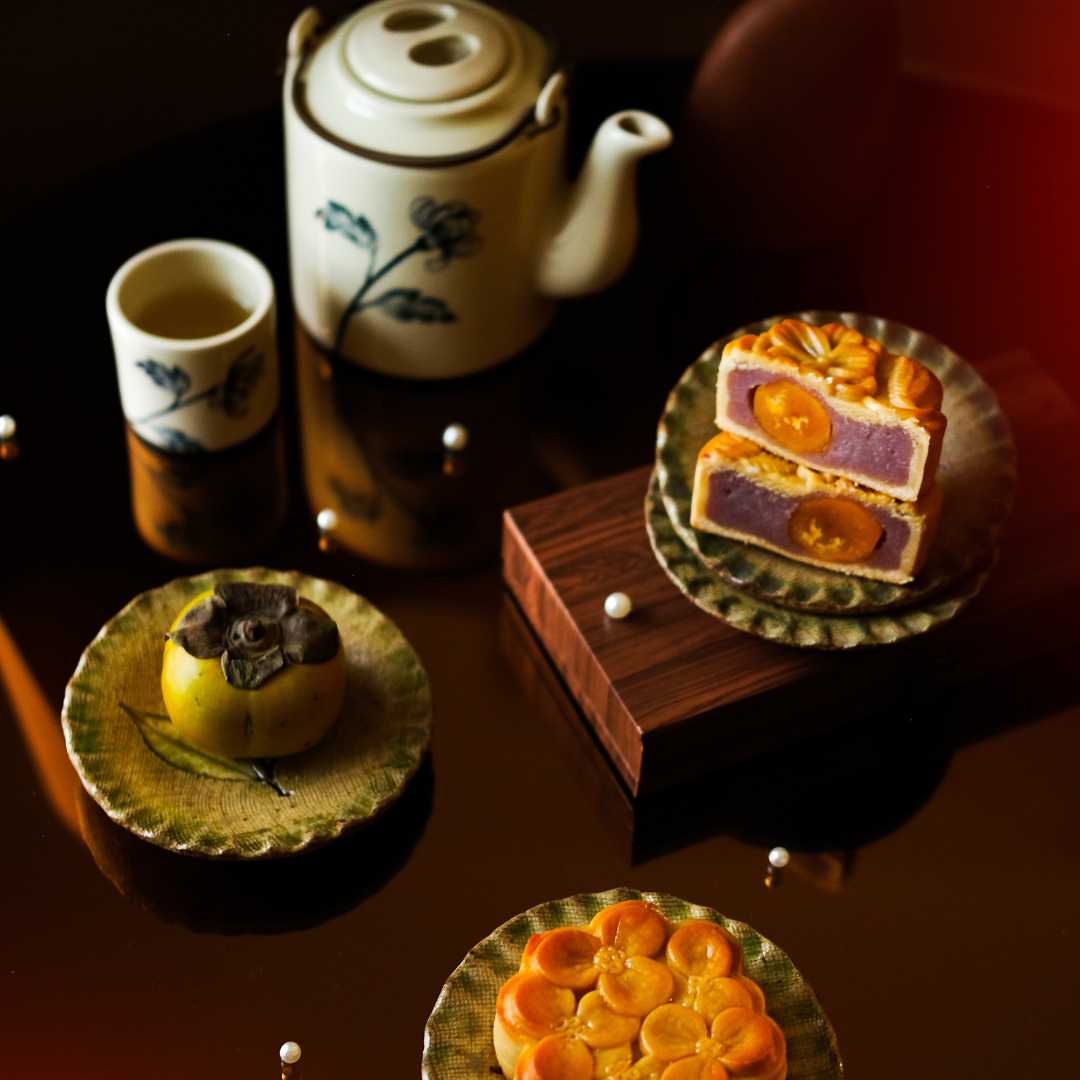
Celebrating with Intention
At Phoenix TCM, we encourage our community to embrace the Moon Festival not just as a cultural event, but as an opportunity to align body and spirit. Whether you’re sipping a warming herbal brew, practising gentle breathwork, or simply gazing at the moon in quiet contemplation, this festival invites us to pause, reflect, and restore.
So this October, as the moon reaches its fullest, may you find balance, joy, and connection — within yourself and with those around you.
Happy Mid-Autumn Festival! 🌕
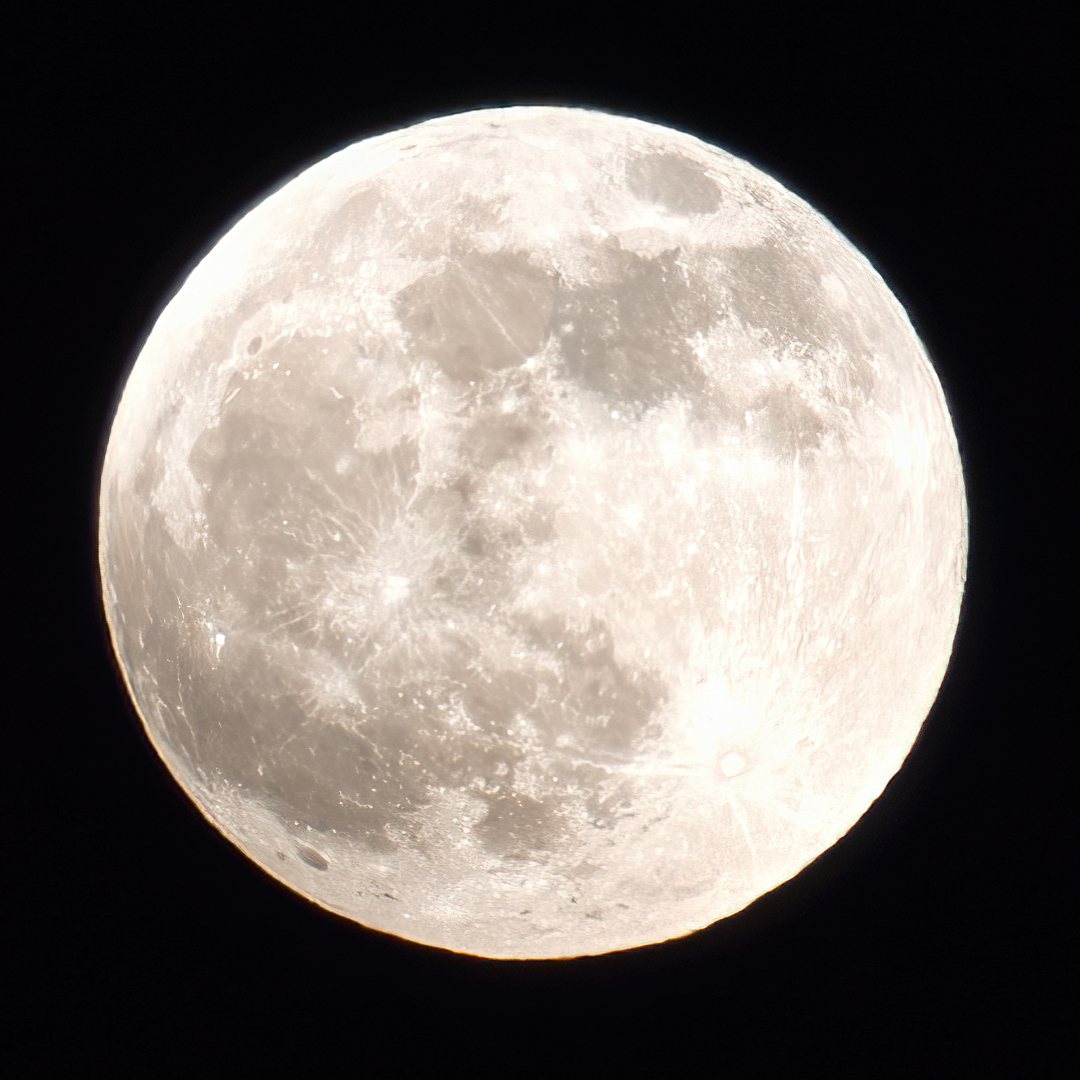
FAQ
- Why are mooncakes eaten during the Mid-Autumn Festival?
Mooncakes symbolise reunion and completeness, echoing the full moon. They’re traditionally shared among family and friends to celebrate harmony and togetherness.
- Are mooncakes healthy according to Traditional Chinese Medicine?
TCM views mooncakes as rich and warming. While they’re fine in moderation, overindulgence can lead to damp-heat or digestive imbalance. Pairing with cooling teas like chrysanthemum or pu-erh is recommended.
- Can mooncakes be made with different fillings?
Absolutely! Popular alternatives include red bean paste, black sesame, jujube, mixed nuts, and even modern flavours like matcha or chocolate. Vegan and low-sugar versions are also available.
- How long do mooncakes last?
Traditional mooncakes can last 1–2 weeks when stored in a cool, dry place. Always check packaging for expiry dates if store-bought. Homemade versions are best consumed within a few days.
- Do mooncakes have any symbolic meaning beyond food?
Yes — the round shape represents unity and the full moon. In folklore, mooncakes were even used to hide secret messages during uprisings, making them a symbol of resistance and hope.


